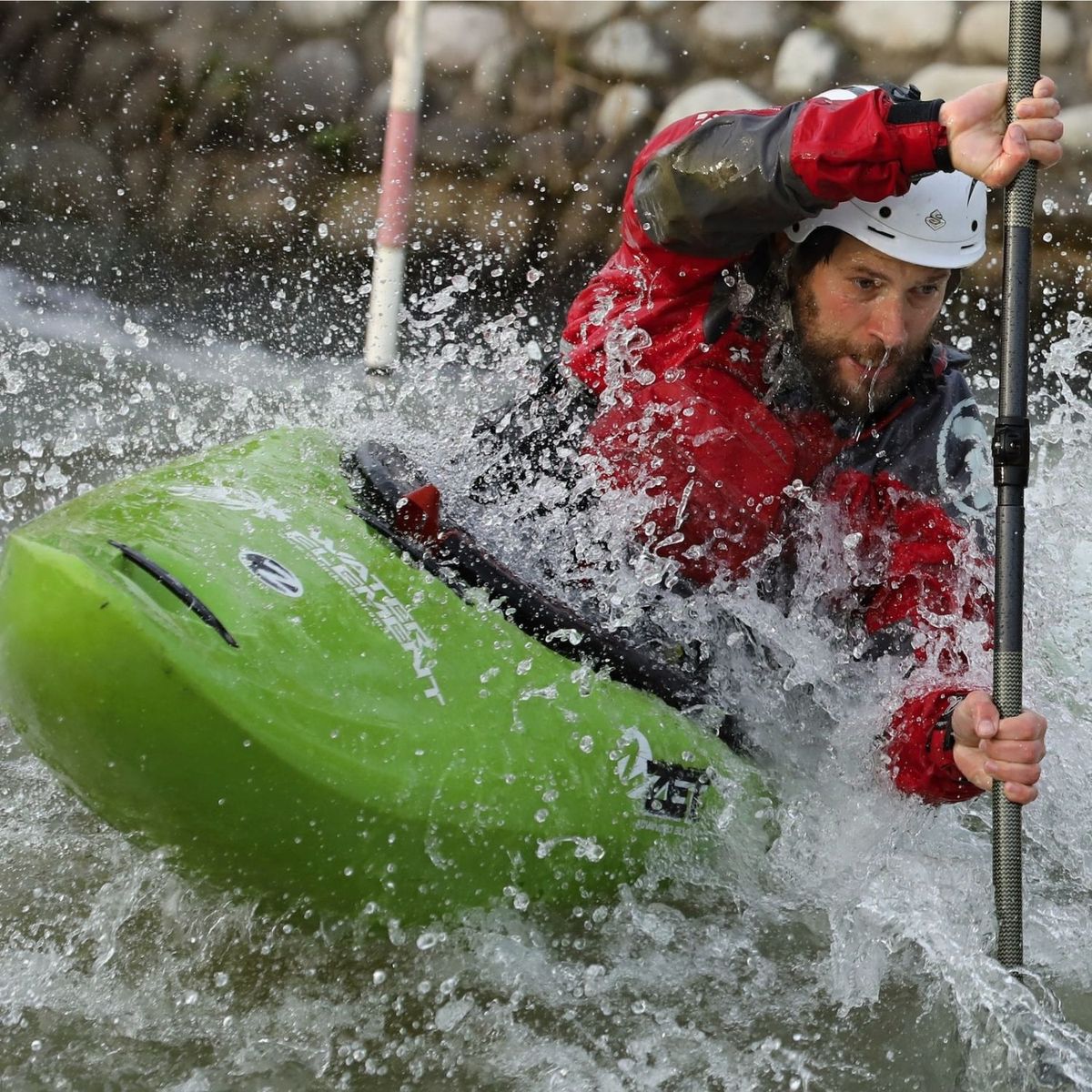Looking for the hottest new accessories to take your kayak fishing game up a notch?
What's even better than just reeling in your latest catch? Reeling it in while you relax and sip on a cold drink! And with must have kayak fishing accessories, you can do just that. Now staying stocked up while out on the water is easier than ever - no more lugging around those clunky coolers and risking spillages!
Whether it’s a 360° adjustable cup holder or an easily accessible tackle box, we’ve got all the essentials to help make your angling dreams come true. Plus every item is designed to be lightweight and fit comfortably into any size kayak, so feel free to explore uncharted waters without worrying about carrying too much stuff.
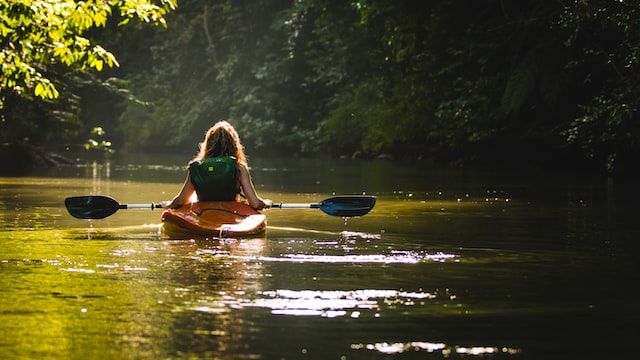


Benefits Of Kayaking
Kayaking is not only a sport but also a fun and relaxing activity you can doing either solo or in pairs. It keeps your heart pumping but constantly rowing therefore improving cardiovascular fitness.
Using all your upper body muscles at the same time it increases muscle strength, particularly in the back, arms, shoulders and chest, from moving the paddle.
Increased torso and leg strength, as the strength to power a canoe or kayak comes mainly from rotating the torso and applying pressure with your legs. It's almost a full body workout sitting down, enjoying nature and being outdoors enjoying the fresh air and wildlife that calls the water home.
What Muscles Does Kayaking Work
Kayaking works out 12 major muscle groups in the body, including abs, biceps, triceps, lats, deltoids (shoulder), quadriceps (thighs), hamstrings (backside), quads (front side), glutes (buttocks), and calves. Kayaking is a great way to develop arm, back, shoulder, and overall body muscles because it's repetitive.
Kayaking & Weight Loss
An hour of kayaking happily through the waters can help anyone burn four hundred calories. To elaborate on that, three hours of kayaking can burn up to 1200 calories.
It is for this reason that kayaking is one of the top exercises that burn more calories than the traditional weight loss workout which is jogging. Many choose this form of exercise because it's fun and offers lots of variety in targeting multiple muscle groups.
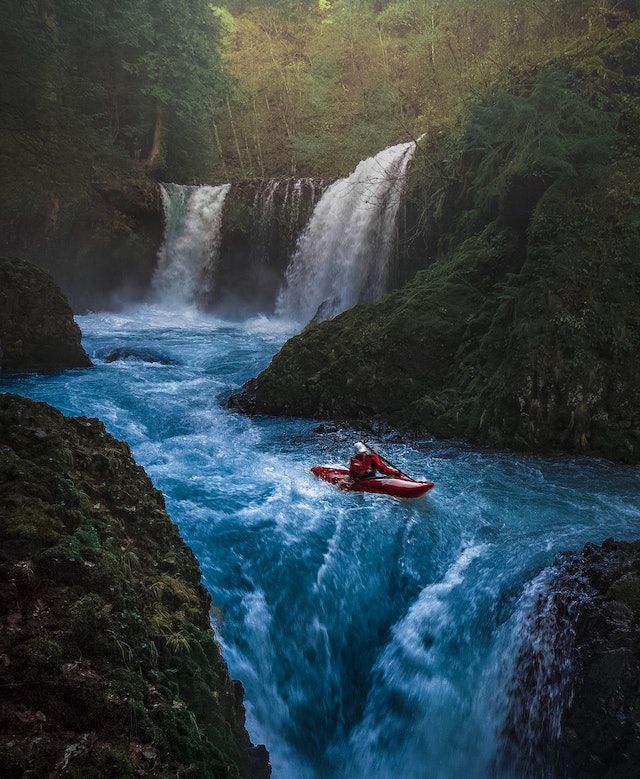
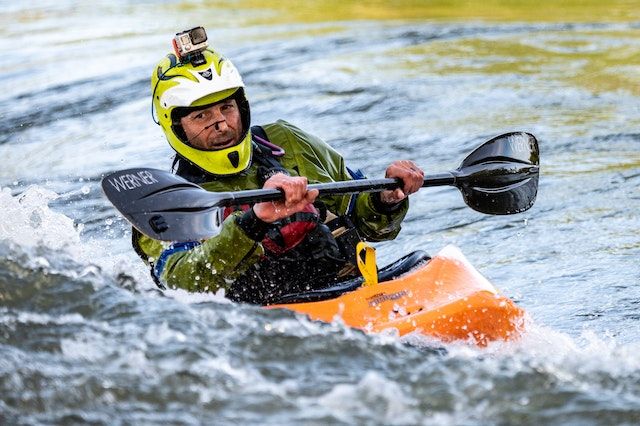
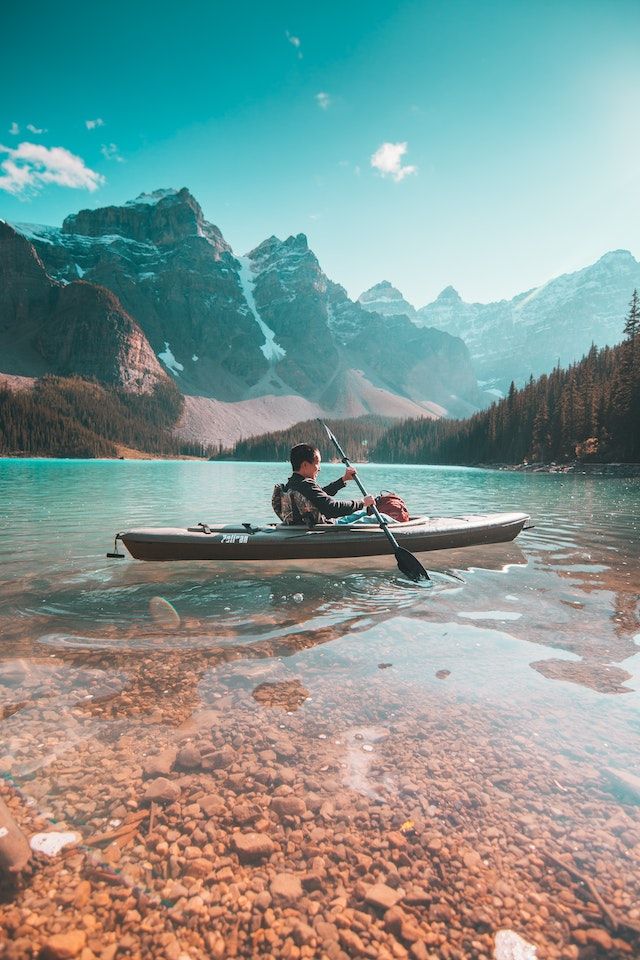
Kayak Fishing Accessories
Kayaking is a great way to explore the outdoors and have fun on the water. But before you head out, it's important to make sure you have all the necessary gear and accessories to ensure a safe and enjoyable experience.
To help you get started, here are the top 10 must-have kayak accessories that every kayaker should consider bringing along for their next trip.
Paddle: A good paddle is essential for propelling your kayak through the water with ease. Look for one that’s lightweight yet durable, with an ergonomic design that fits comfortably in your hands.
Personal Flotation Device (PFD): A PFD is a must-have safety item when kayaking, so make sure to choose one that fits properly and is comfortable enough to wear all day long.
Kayak Roof Rack System: If you plan on transporting your kayak by car or truck, then having a roof rack system installed is essential for safely securing your boat while in transit.
Kayak Storage Rack: If you don’t have room in your garage or shed for storing your kayak, then investing in a storage rack can be a great solution for keeping it safe from the elements when not in use.
Dry Bag: A dry bag will keep all of your belongings safe and dry while out on the water, so make sure to bring one along with plenty of extra space for snacks and other items you may need during your trip.
Rescue Throw Rope: In case of an emergency, having a rescue throw rope handy can be invaluable for helping someone who has fallen overboard back into their boat safely and quickly.
Spray Skirt: For cold weather or water conditions, wearing a spray skirt can help protect you from wind chill and keep you warm while paddling around in colder climates or waters.
Whistle: Having a whistle onboard is another important safety item that can be used to signal distress if needed while out on the water or even just as an attention-getter when trying to communicate with others nearby who may not be able to hear you otherwise due to distance or noise levels from motorized boats passing by nearby.
Bailer/Pump: Keeping some type of bailer/pump onboard can come in handy if any water gets inside your boat during rough conditions or if it takes on any leaks due to wear and tear over time from regular use or age related issues such as cracks or holes forming in its hull material over time due to exposure from sun rays and other elements found naturally occurring within its environment such as saltwater corrosion etc…
First Aid Kit: Last but certainly not least, having some type of first aid kit onboard is always recommended just in case any minor injuries occur while out on the water such as scrapes, cuts, bruises.
Kayak FAQs
You’re considering buying a kayak but you have some questions.
Buying a kayak can be a big investment, so it’s important to know as much as possible before making your purchase.
We’ve compiled the most frequently asked questions about kayaks to help make your decision easier, we have the answers you need.
How much do kayaks cost?
The cost of kayaks varies depending on the type, size, and features of the kayak. Generally speaking, basic recreational kayaks start at around $400, while sea kayaks or touring kayaks may start from around $900 and go up to over $3000 for high-end models.
Inflatable kayaks are typically more affordable, with prices ranging from about $80 for an entry-level model to over $1000 for a premium inflatable model. Prices also vary greatly between different brands and retailers.
What materials are used for kayaks?
Kayaks are typically made from a variety of materials, including wood, fiberglass, plastic, inflatable, and Kevlar. Wood is often used for traditional kayaks, while fiberglass, which is lightweight and durable, is often used for modern versions.
Plastic is also commonly used due to its affordability and low maintenance requirements. Inflatable kayaks offer portability and convenience as they can be deflated when not in use. Finally, Kevlar is an incredibly strong material that adds protection against scratches and punctures.
Is kayaking dangerous?
Kayaking can be dangerous depending on the conditions and the skill level of the paddler. It is important to understand tidal patterns and currents, as well as how to read water conditions in order to make informed decisions.
It is important for kayakers to wear a personal floatation device (PFD), have appropriate safety equipment such as a whistle or a red flag, and follow all local regulations regarding kayaking.
Kayakers should also seek out instruction from an experienced paddler before taking their first trip, as proper training can help prevent accidents and ensure that everyone stays safe while enjoying this wonderful sport.
Kayaking is a fun, rewarding activity that can be enjoyed by all ages. Whether you're looking to enjoy some leisurely paddling on a lake or are interested in tackling whitewater rapids, there's something for everyone when it comes to kayaking.
With the right equipment, proper safety precautions, and knowledge of your environment, you'll be sure to have an unforgettable experience out on the water!
We've done the research so you don't have to! To browse our Top Picks for Best Kayak Fish Finders please click the link below!

Your Friends,
LoveNatureReviews Team


